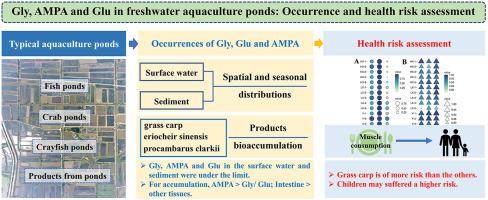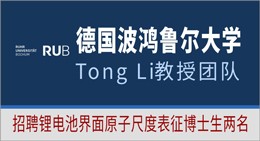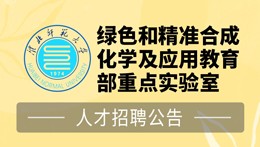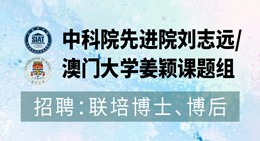Environmental Pollution ( IF 7.6 ) Pub Date : 2021-12-22 , DOI: 10.1016/j.envpol.2021.118742
Biao Yan 1 , Lei Lei 2 , Xiangping Chen 3 , Jun Men 4 , Yumiao Sun 2 , Yongyong Guo 3 , Lihua Yang 3 , Qidong Wang 3 , Jian Han 3 , Bingsheng Zhou 3

|
As the two most commonly used organophosphorus herbicides, glyphosate (Gly) and glufosinate-ammonium (Glu) have unique properties for weed control and algae removal in aquaculture. However, the occurrences and health risks of Gly and Glu in aquaculture ponds are rare known. This study aimed to investigate the occurrences of Gly, AMPA (primary metabolity of Gly) and Glu in surface water, sediment and aquatic products from the grass carp (ctenopharyngodon idella), crayfish (procambarus clarkii) and crab (eriocheir sinensis) ponds around Lake Honghu, the largest freshwater lake in Hubei province, China where aquaculture has become the local pillar industry. Three age groups (children, young adults, middle-aged and elderly) exposure to these compounds through edible aquatic products (muscle) consumption were also assessed by target hazard quotient (THQ) method. The results indicated that Gly, AMPA and Glu were widely occurred in surface water, sediment and organisms in the fish, crayfish and crab ponds. AMPA was more likely to accumulate in the intestine of aquatic products than Gly and Glu. According to the total THQ value (1.04>1), muscle consumption of grass carp may pose potential risk to children.































 京公网安备 11010802027423号
京公网安备 11010802027423号